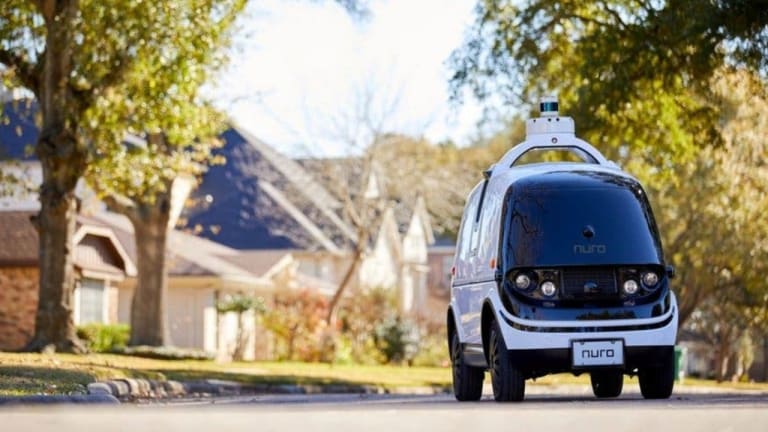
Nuro's restructuring plan to result in layoffs, focus on R&D, and delayed production
Strategic HR#HRTech#Layoffs#HRCommunity
Nuro, the autonomous delivery startup, is currently undergoing a restructuring process that will involve staff layoffs and a reallocation of resources from commercial operations to research and development (R&D).
Nuro, a prominent player in the autonomous vehicle (AV) industry that has secured $2.13 billion in funding, is facing its second round of layoffs within a year. This cost-cutting measure is aimed at extending its available capital runway.
In November, Nuro had already let go of approximately 300 employees, which accounted for 20% of its workforce. The exact number of employees affected by the current layoffs, out of Nuro's approximately 1,100 employees, has not been disclosed by the company. Affected employees are anticipated to receive information about their layoffs by the end of the week.
In this instance, Nuro is not solely focusing on job cuts; the company is also undergoing a significant operational transformation. This shift will temporarily halt the planned expansion of commercial operations for the current year and result in a delay in the volume production of its flagship Nuro bot, the third-generation (R3) delivery robot that plays a central role in its commercial strategy.
According to a blog post published on Wednesday by co-founders Dave Ferguson and Jiajun Zhu, these changes will allow Nuro to effectively double its capital runway. As a result, the company will have sufficient funds to sustain operations for an additional three years without the need to raise further capital.
According to Ferguson and Zhu, the decision to make changes within the company was driven by a combination of factors. They cited a general tightening of the capital markets and a specific reduction in funding for deep tech ventures. Additionally, recent bank failures and the looming possibility of a recession in the United States also played a role in prompting Nuro to take action.
“We’ve entered a new capital environment that will shape the next few years or more. In this new reality, we need to be more efficient with our balance sheet,” they wrote.
Equipped with substantial capital from renowned investors such as Baillie Gifford, Fidelity Management & Research Company, and Google, the company had the financial means to address various aspects simultaneously.
This included research and development (R&D), customised vehicle design, and the implementation of commercial pilot projects in collaboration with partners like Kroger and Uber. However, the current approach involves scaling back or temporarily halting commercial operations, while redirecting the majority of its resources and personnel towards the advancement of its autonomous system.
“There is a fundamental tension in the development of self driving between capital efficiency, and speed to building an initial service. We have historically invested heavily in deploying commercial services and have learned a great deal from our customers. But commercial deployments come at a significant cost, both in terms of resources and autonomy focus. And until the unit economics of these services make sense, we think it is prudent to focus on what we can do efficiently as a startup,” Ferguson and Zhu wrote.














